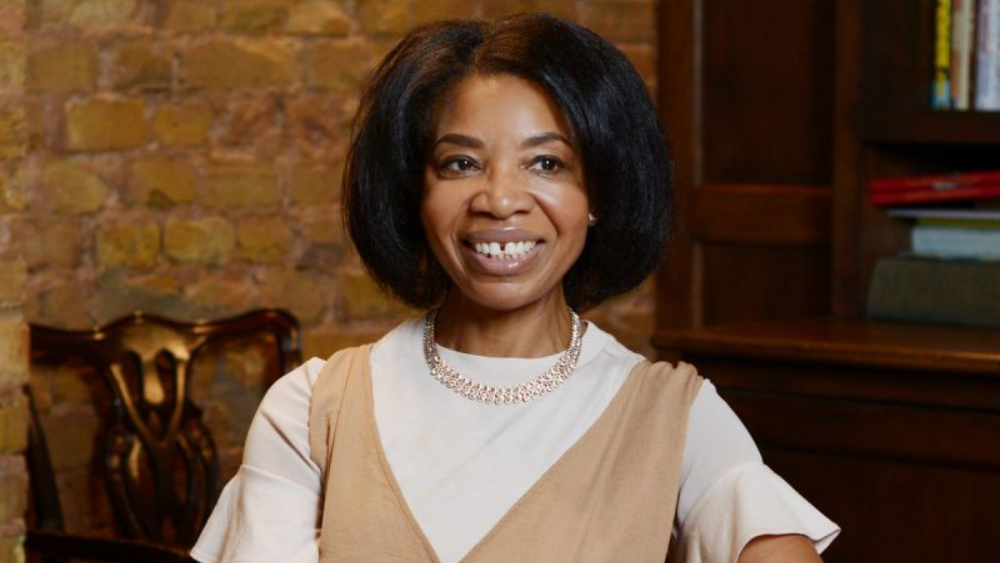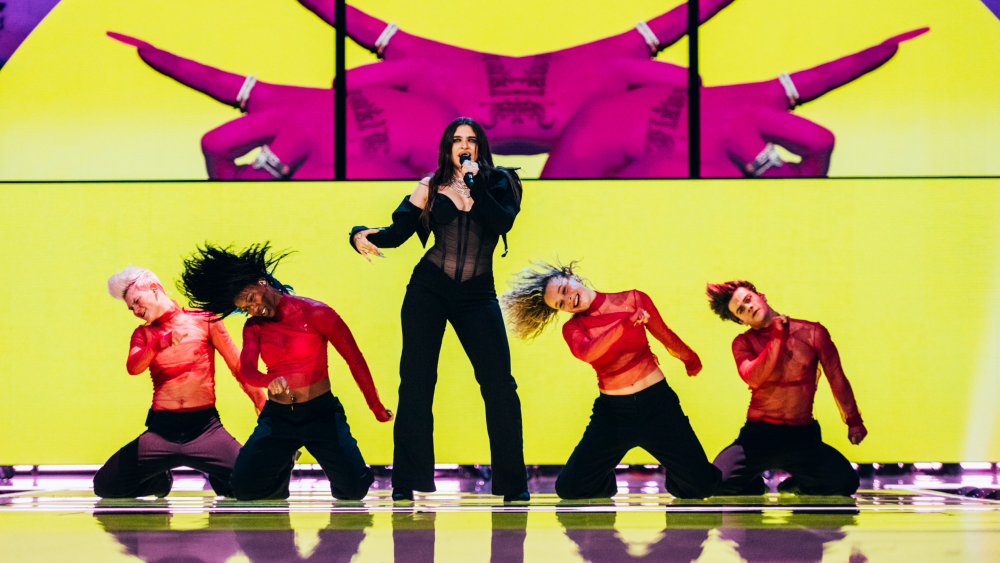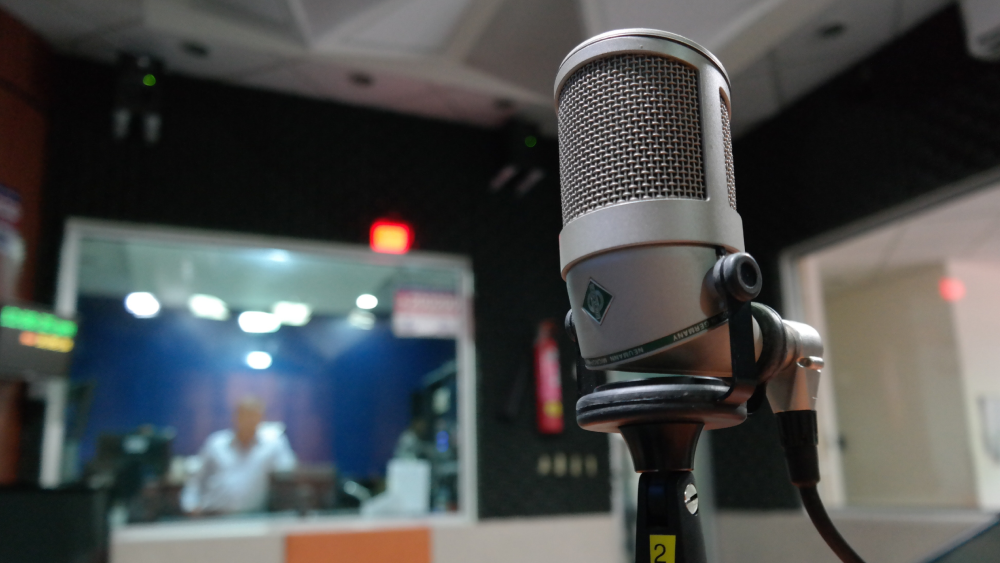"This picture of me and my pre-amp, called Spirit, was taken in my back garden. As the device that pumps sound into the PA, the pre-amp is central to most people’s idea of the soundsystem. But for me it goes further; the connection I have to it is musical and also spiritual.
The tinfoil represents this – it’s showing the electrons passing through me to the pre-amp and the connectivity I feel to my soundsystem. I don’t just get 13 amps of electronic power from it when I plug in, it’s so much more than that.
CAYA was born in November 2016. I’d researched soundsystems for a year prior, visiting the elders who’d had them for decades to get a sense of what I wanted to do. I based the design on a few soundsystems I’d seen and liked, but I also wanted to put a modern spin on my approach. I initially used a crossover unit and EQ instead of a pre-amp, and then I had a Tubbys pre-amp, but it was old and complex, and I didn’t really click with it. So, I had Spirit custom-built for me, and the connection is really there.
My dad had a soundsystem when I was growing up in the eighties and it was a big part of my childhood. Back then, he predominantly played rare groove and Lovers Rock. His soundsystem was feeding community demand for shabeens and creating a space for people to congregate, being first generation migrants.
Soundsystem culture has changed a lot since then – it’s become a more accepted way of life. It’s now embraced not just by black communities but by multicultural communities all over Britain. Leicester, London, Bristol, Birmingham: it’s definitely enjoying a resurgence. But my mission with CAYA is to take it to another level. I see myself as a sound artist, rather than just a sound operator. I want to build a platform to share the message and inspire other women.
We’ve still got a long way to go in terms of equality as it’s such a male-dominated environment. I know it’s a continual challenge but I’m positive we’re making change. Across society, women have to be exceptional at what they do, otherwise they’re not even considered. I know this, and that’s why I’m focused on other aspects of CAYA too – I don’t want to get caught up in proving a point. The artistic and academic sides of my work help sum up the experience too.
Having said that, I do feel part of an open and connected heritage – this music is very much part of me. I suppose it’s like an old heirloom to a British family, which has been passed down through the generations. There are always going to be advancements and differences, but my take on it is a bit more out-there! My sound is message music - I concentrate on roots and dub. I feel dub is the language of the cosmos, and the soundsystem is our way of transcending into that space. It’s a doorway into that universal experience, and a sacred space for a lot of people."
Find out more at comeasuare.com
Photo: Sakhina Benkmael

.ashx?h=67&w=80&la=en&hash=340524FD746527338490DF251ABF8B71)



